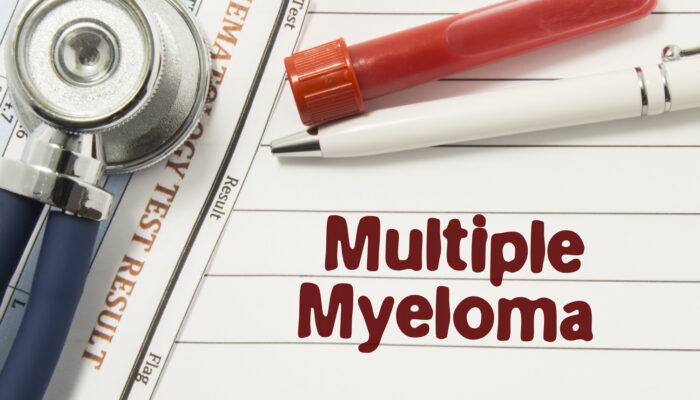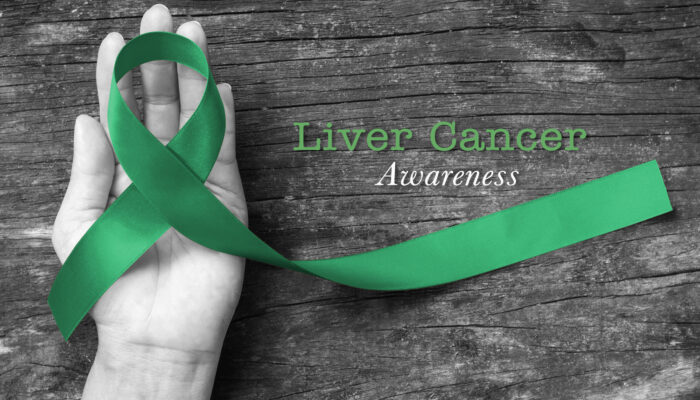
All you need to know about emergency contraception
The history of emergency contraception in the country has generated a lot of controversies and political debates. People seemed unsure about the nature of emergency contraceptives — whether it prevents or terminates a pregnancy. Contraceptives were confused with abortion pills. When it comes to the process of reproduction, they are two entirely different medications and they work differently too. It is a fact that gaining FDA approval in the country and emergency contraception has been a volatile journey.
During the mid -60s, emergency contraception was used only to prevent unintended pregnancy in rape victims. High doses of estrogen were prescribed after a rape. It had harsh side effects even though it was effective.
By the late 1970s, a copper IUD (intrauterine device) was discovered as the only non-hormonal emergency contraceptive. Only in 1998, the first FDA-approved emergency contraceptive kit was offered. The kit contained a urine pregnancy test kit and four pills — two of which were to be taken immediately and two to be taken 12 hours after unprotected sex. After a long and tedious litigation journey, the FDA approved the emergency kit to be sold as an over the counter (OTC) medication without age restrictions.
The contraceptive is now available as an additional tool and it prevents unplanned pregnancies and abortions.
Postcoital contraception is another name for emergency contraception. It is a birth control method and is used in the prevention of pregnancy after unprotected sex. It is however not a regular method of birth control and is used mostly in specific situations. Oral emergency contraceptives prevent pregnancy, but their primary work is to delay ovulation. Emergency contraceptives neither provide protection from sexually transmitted diseases nor does it induce abortion.
There are two types of emergency contraception:
Pill form – There are three types of contraceptives in the pill form that are available both as prescription and OTC drugs.
- Pills that contain a hormone called levonorgestrel
- Birth control pills
- An emergency contraceptive pill called ulipristal (prescription drug)
Intra-Uterine Device – This device is fitted in the mouth of the uterus. It stops the implantation of a fertilized egg inside the uterus and should be inserted within 5 days of having unprotected sex. This device is said to be 99% effective if it is inserted within the stipulated time frame of 5 to 7 days after unprotected intercourse.
The risk to the human fetus is still not known. This is why emergency pills should not be used by pregnant women or women who suspect that they might be pregnant. Women with any other chronic condition or illnesses should take the advice of a physician before using an emergency contraceptive. There are a few side effects associated with emergency contraceptive pills. The most common side effects are
- Headache
- Nausea
- Pain in the abdomen
- Changes in the menstrual pattern
- Fatigue
Medications to combat nausea are available as over the counter drugs. These medications should be taken before taking the emergency contraceptive pill.



